Same Day Shipping EMI & COD on most products
Trusted Partner Since 1969
GST B2B Billing  Help
Help  00919699976817
00919699976817
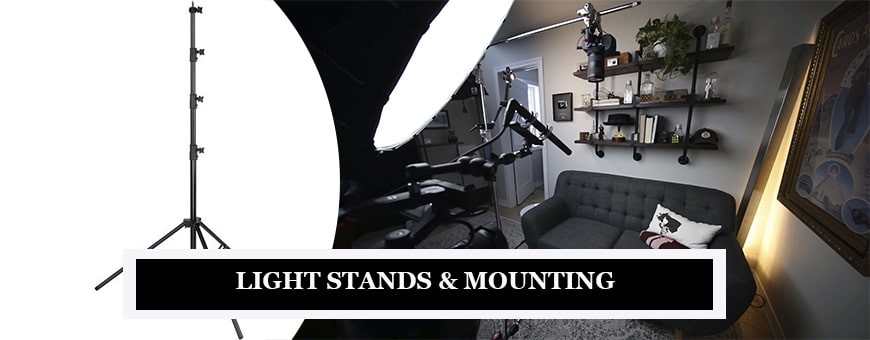

Showing 1–24 of 470 results
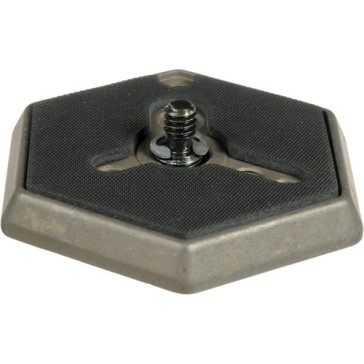
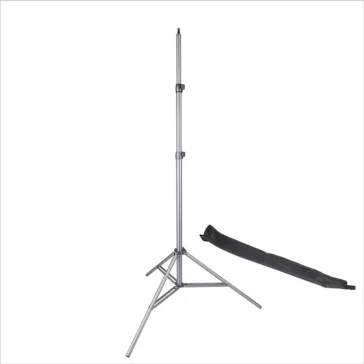
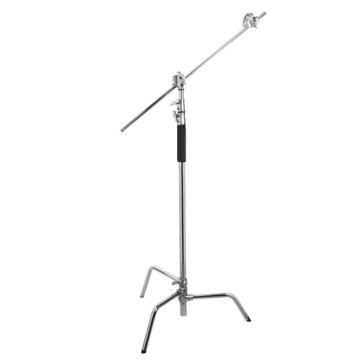
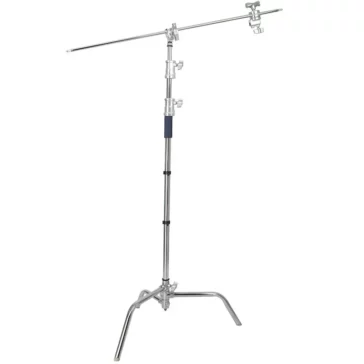
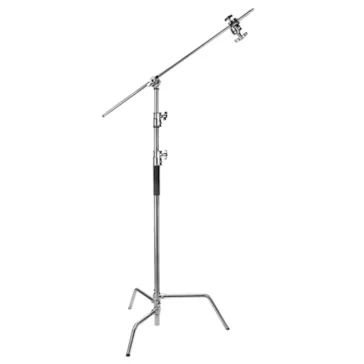
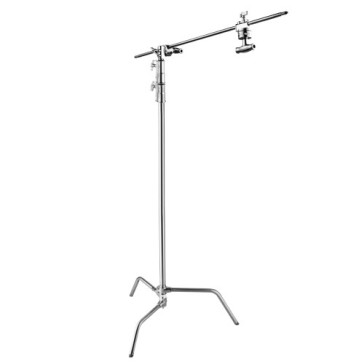
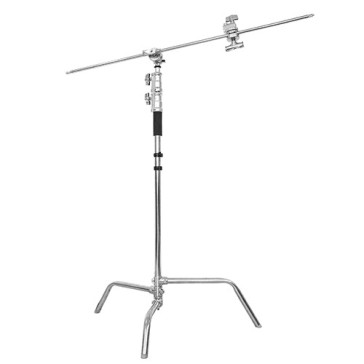
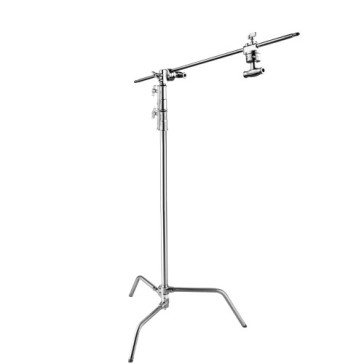
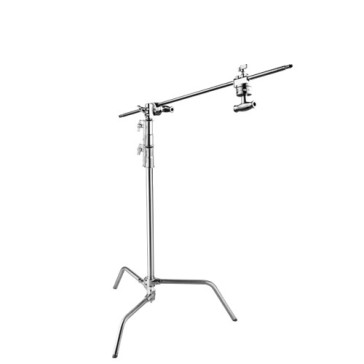
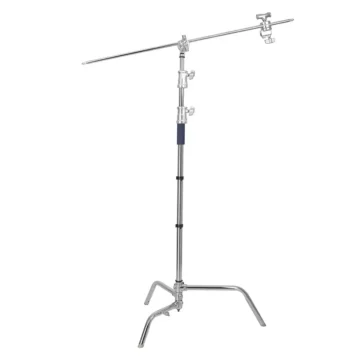
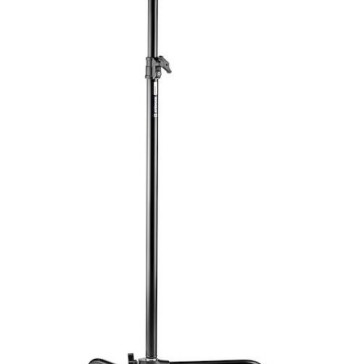
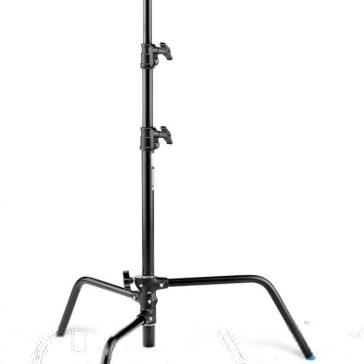
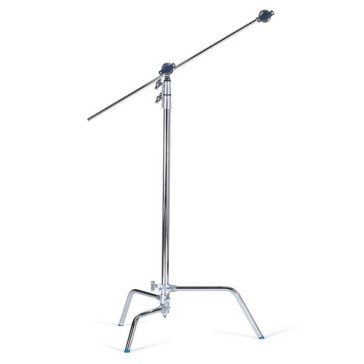
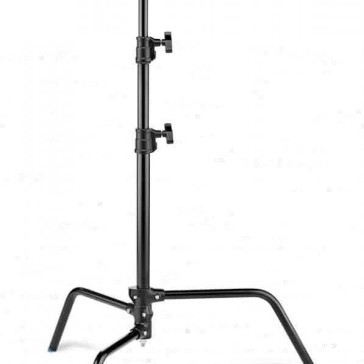
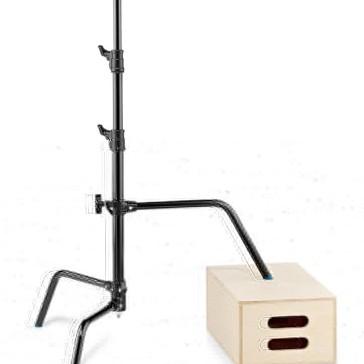
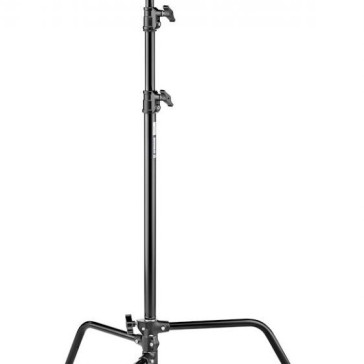
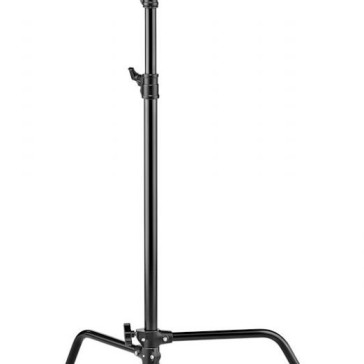
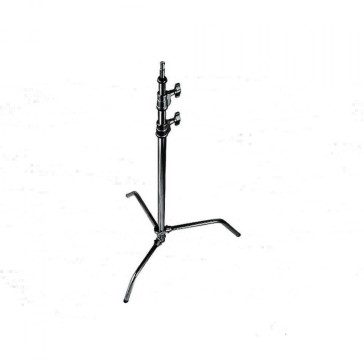
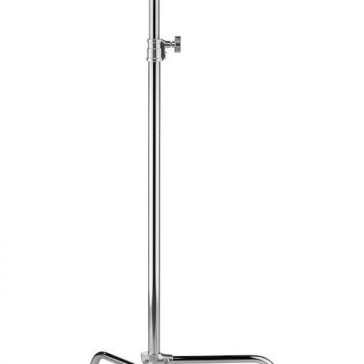
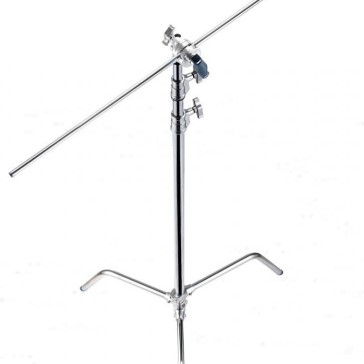
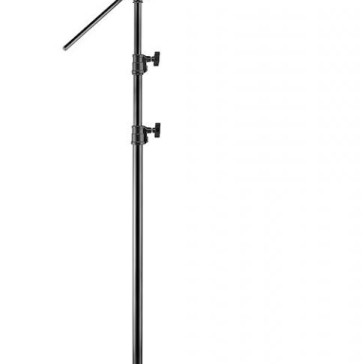
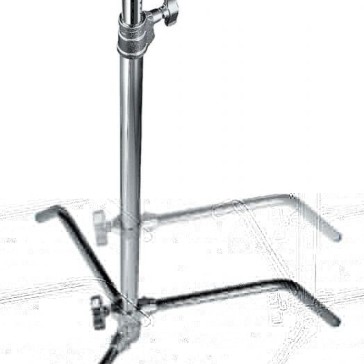
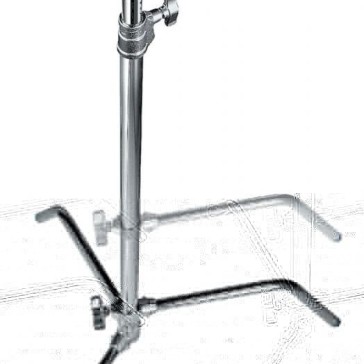

Photography Light Stands & Mounting: Elevating Your Photography Game
In the world of photography, the significance of light cannot be overstated. It’s the essence that brings life to every shot, creating depth, contrast, and mood. However, controlling this light is equally crucial, and that’s where Photography Light Stands & Mounting come into play.
The Foundation of Lighting: Light stands and mounts are the unsung heroes behind every great photo. They provide the necessary support to your lighting equipment, ensuring that they are positioned correctly to achieve the desired effect. Whether you’re using flashlights, reflectors, or continuous lights, a sturdy stand is essential.
Versatility and Flexibility: With various types of light stands available, including the general-purpose stand and the industry-standard C-stand, photographers can choose the one that best fits their needs. Some are designed for studio use, while others are portable and suitable for outdoor shoots.
Safety First: It’s imperative to ensure that a stand can carry the weight of a particular piece of equipment. Some equipment can be significantly heavier than others. A robust and reliable stand ensures that your expensive lighting equipment doesn’t topple over, preventing potential damage.
Enhancing Creativity: With the right light stand, photographers can experiment with different lighting angles and setups. Whether it’s achieving a dramatic low-light effect or a soft, diffused look, the right stand and mount make it possible.
Convenience on Wheels: Some light stands come with wheels, allowing for easy movement and repositioning. This feature is especially beneficial in studios where changing the lighting setup quickly can be crucial.
Mounting Accessories: Beyond just holding lights, stands can be equipped with various accessories. From boom arms to clamps, these additions expand the stand’s functionality, allowing photographers to attach reflectors, umbrellas, and other light modifiers.
Storage Solutions: For photographers who have multiple light stands, storage can become an issue. Thankfully, there are light stand storage solutions available that help organize and protect these essential tools.
In conclusion, while cameras and lenses often steal the spotlight, the importance of Photography Light Stands & Mounting should never be underestimated. They are pivotal in achieving the perfect lighting setup, ensuring safety, and expanding creative possibilities.
The primary purpose of a light stand in photography is to provide support and positioning to lighting equipment. It ensures that lights, reflectors, and other accessories are held securely at the desired height and angle, allowing photographers to achieve the perfect lighting setup for their shots.
The C-stand, or Century stand, is considered the industry standard for filmmaking and commercial photo studio use. It is typically more robust and durable than general-purpose light stands. C-stands often come with an arm and multiple mounting points, offering more versatility in positioning lights and accessories.
Ensuring a light stand can carry the weight of the equipment is vital for safety reasons. If a stand is not sturdy enough for the equipment’s weight, there’s a risk of the stand toppling over, which can lead to damaged equipment, injuries, and compromised shots.
A light stand with wheels offers enhanced mobility and convenience. It allows photographers to easily move and reposition their lighting setup without the need to dismantle it. This feature is especially beneficial in studio settings where quick changes in lighting arrangements might be required.



Most units are shipped same day using professional courier services with tracking.
We work round the clock to ensure you get the highest level of customer satisfaction.
Well packed, Sealed Units are shipped from our warehouse which are waterpoof & sturdy.
Design Info
GST: 27AYUPJ2628P1ZK
No.1, Saremals, Shastri Hall Building,
Nana Chowk, Grant Road West,
Mumbai 400007, Maharashtra, India
New Delhi Branch – South Ex 2, 110049
Also Ships DAILY from Brisbane, Dubai,
Berlin, Barcelona, Detroit & Vancouver.
Connect online / schedule a demo
Call/WhatsApp: +91-9699976817
Email: [email protected]
Live Chat: Business Hours
Follow Us: @designinfo.in
Copyright © 2014-2022 Design Info All Rights Reserved. Feedback on web experience
Since 1969